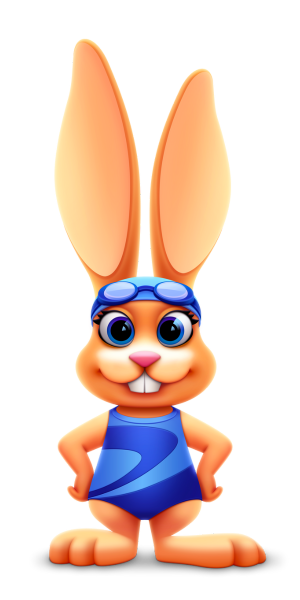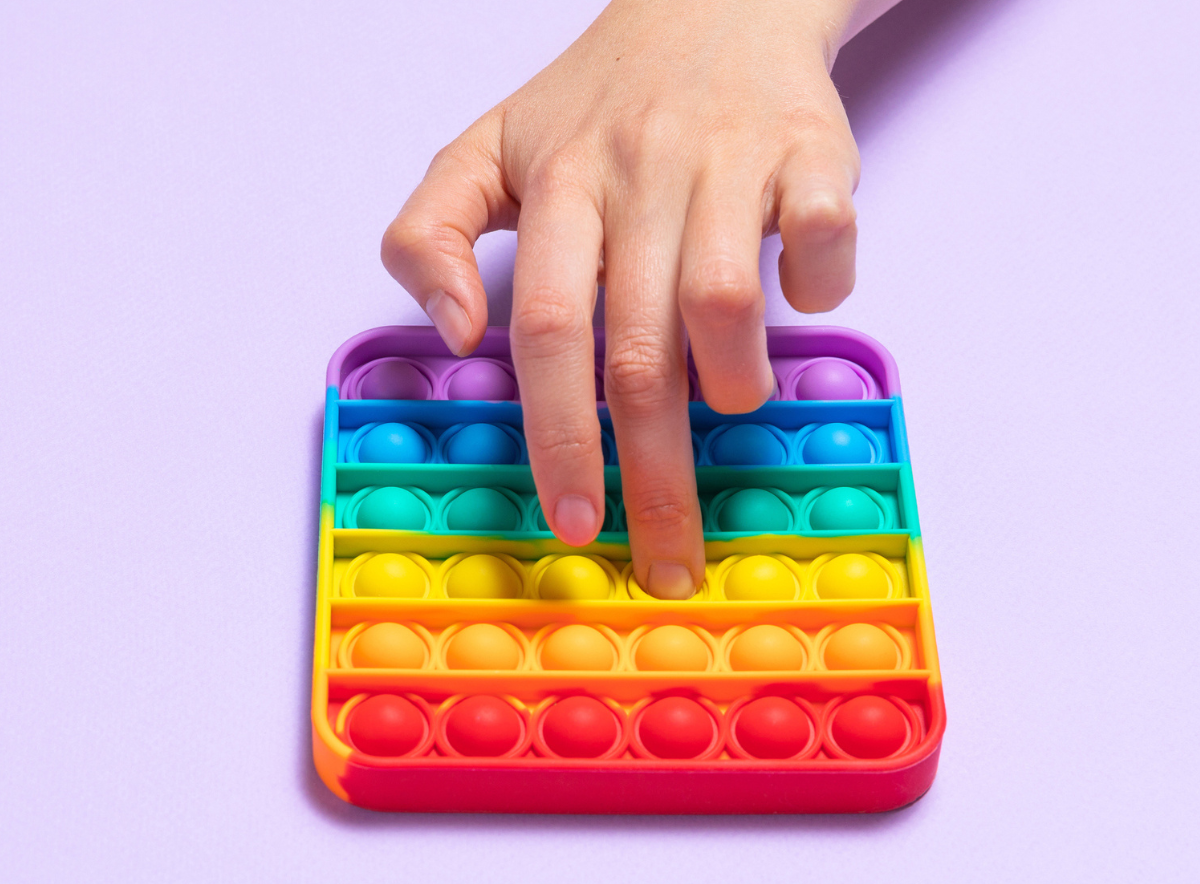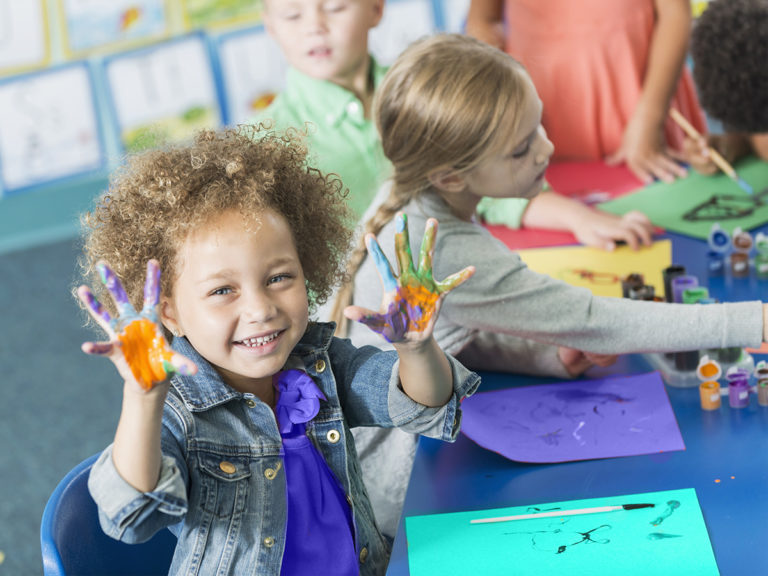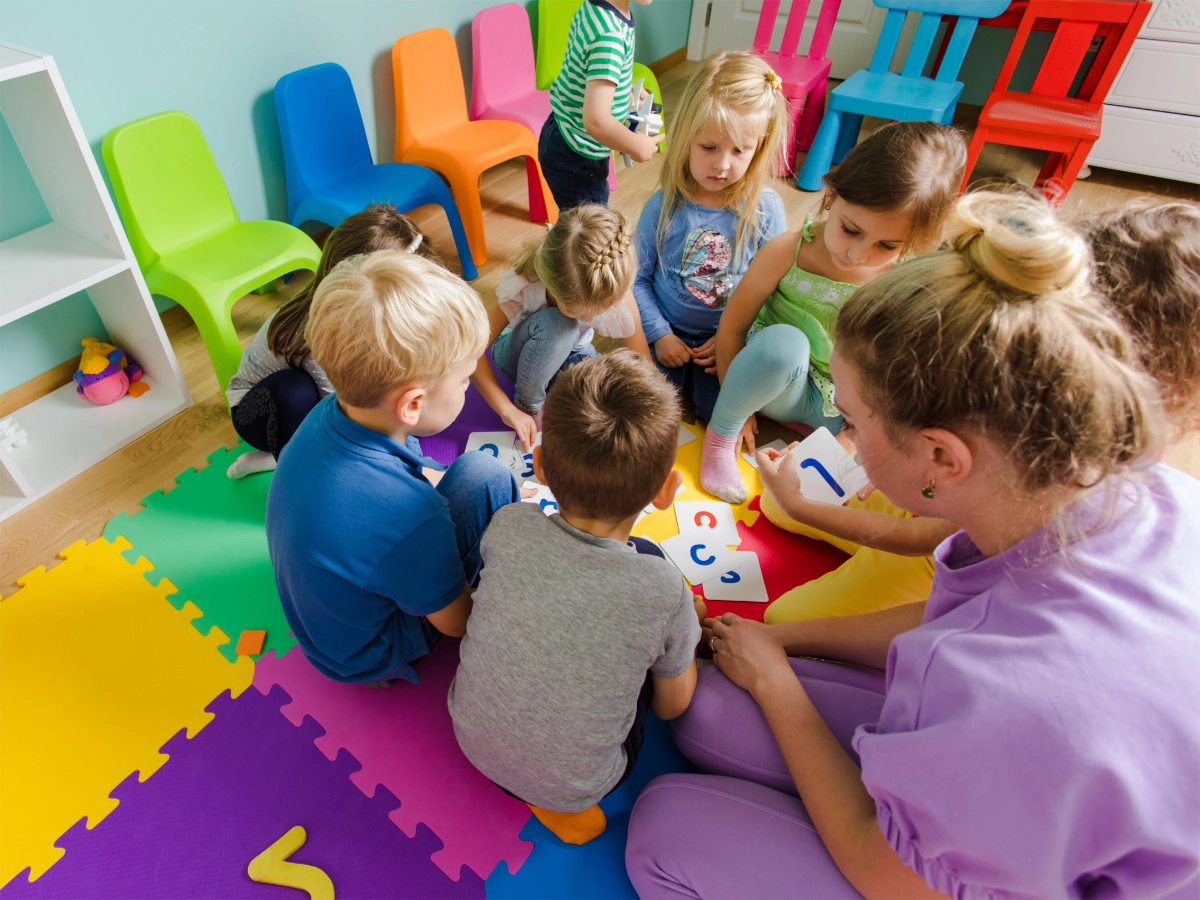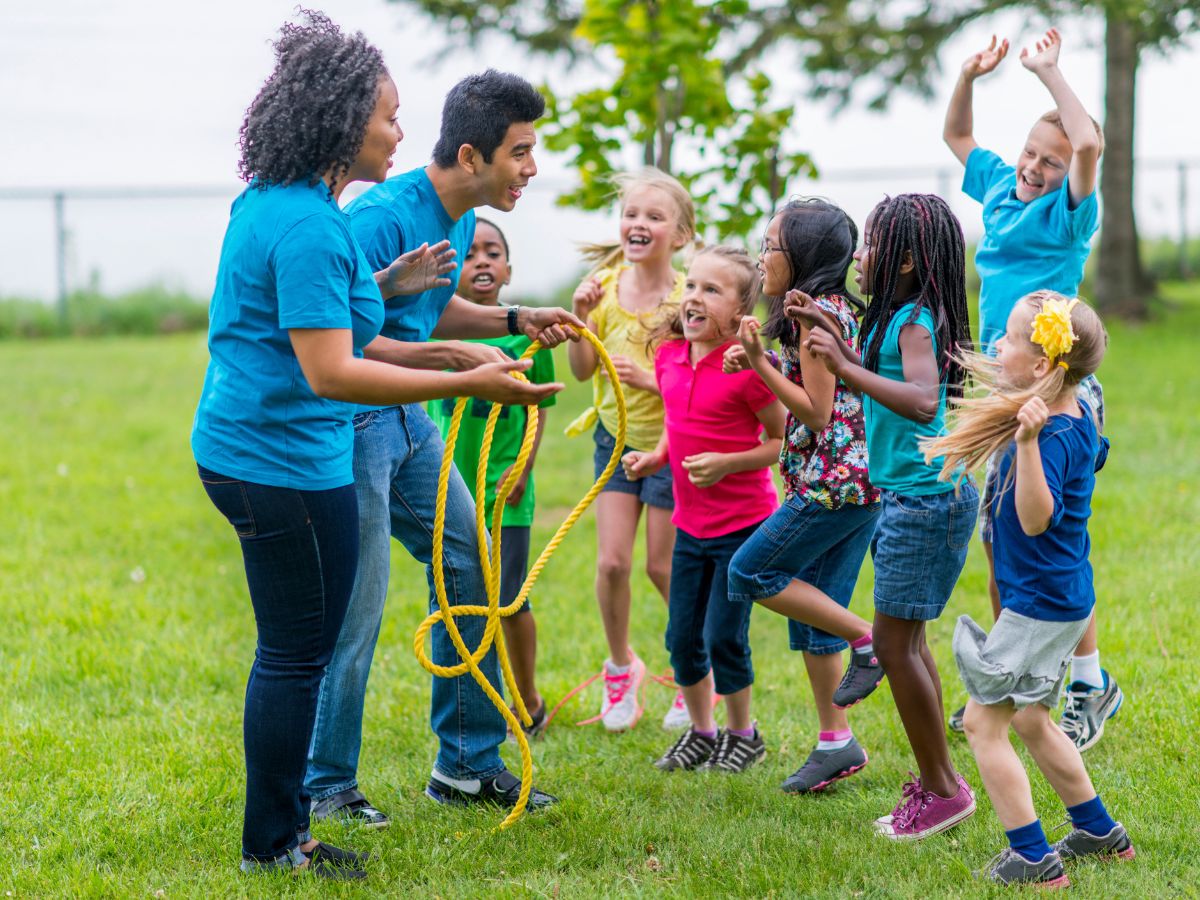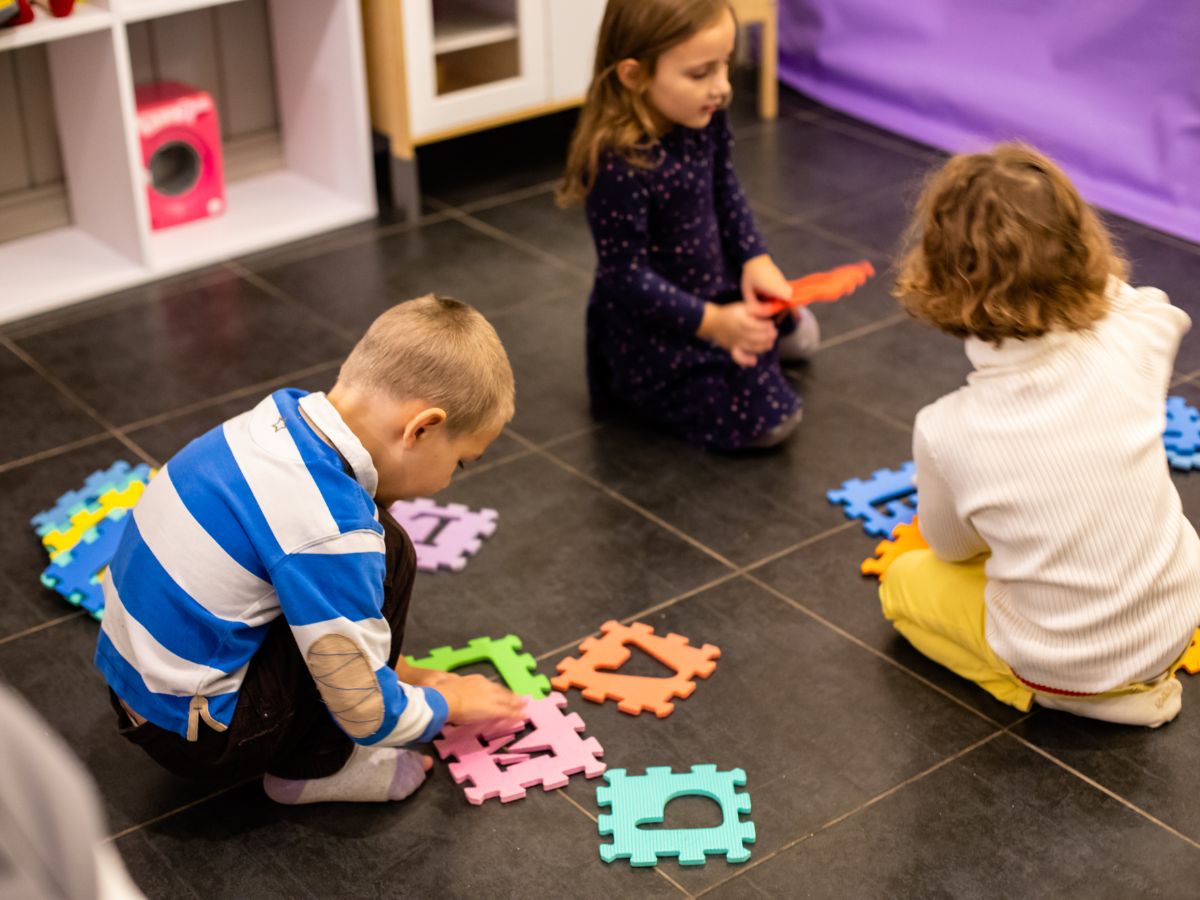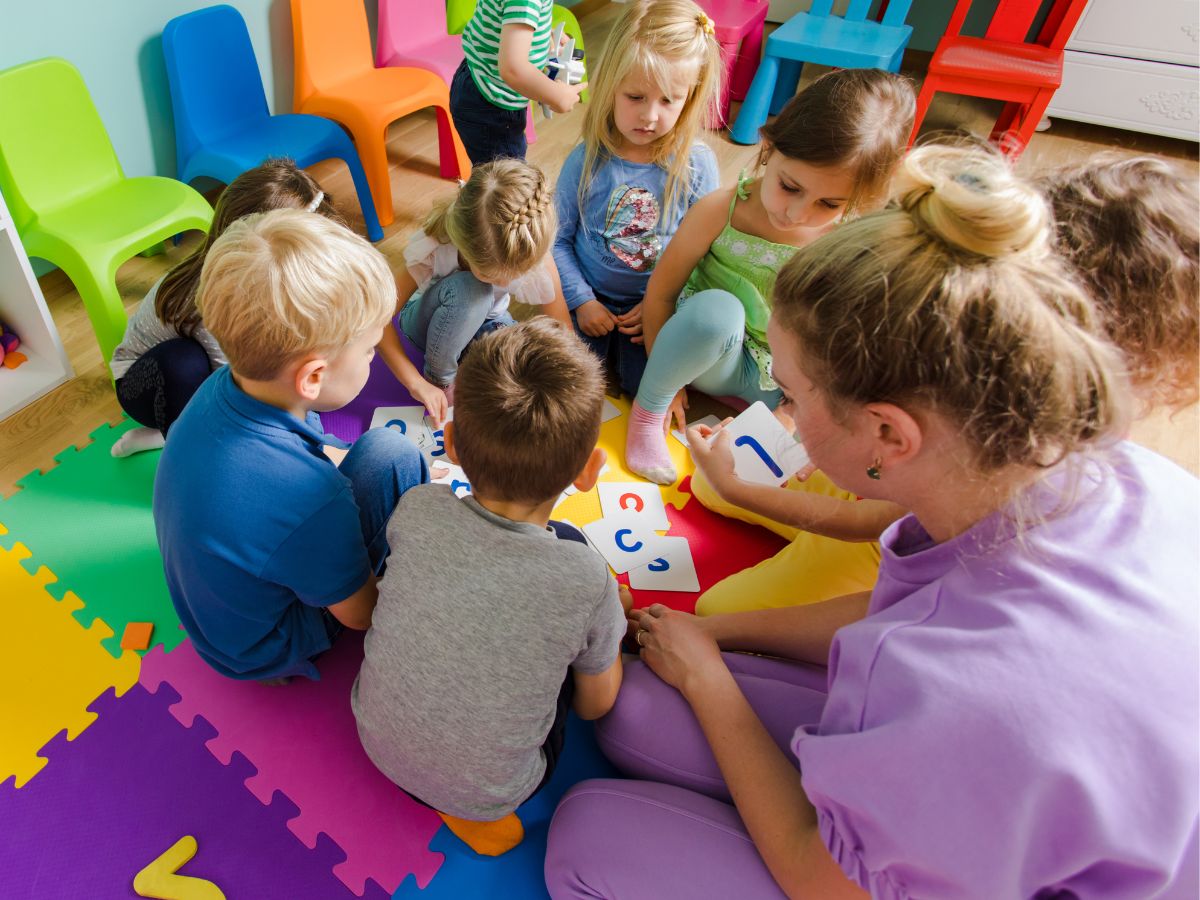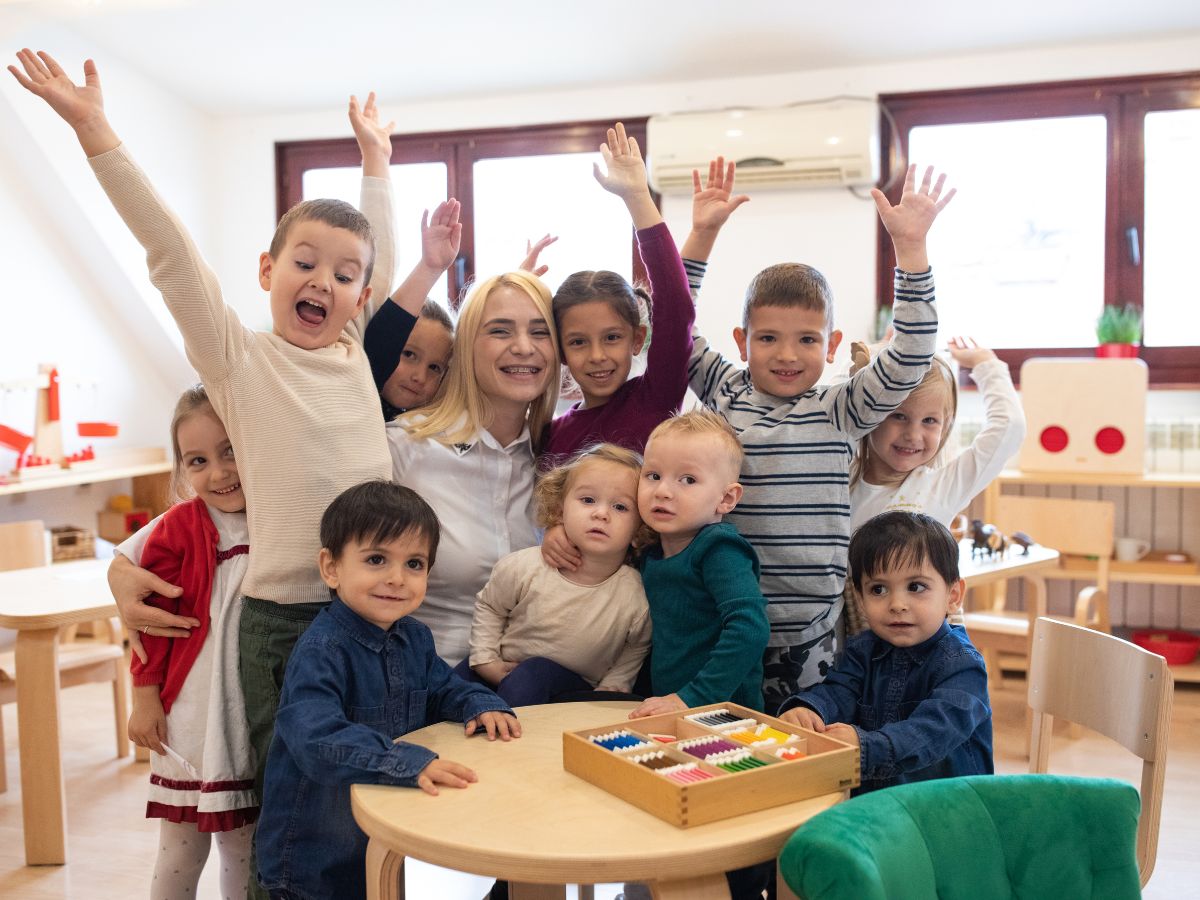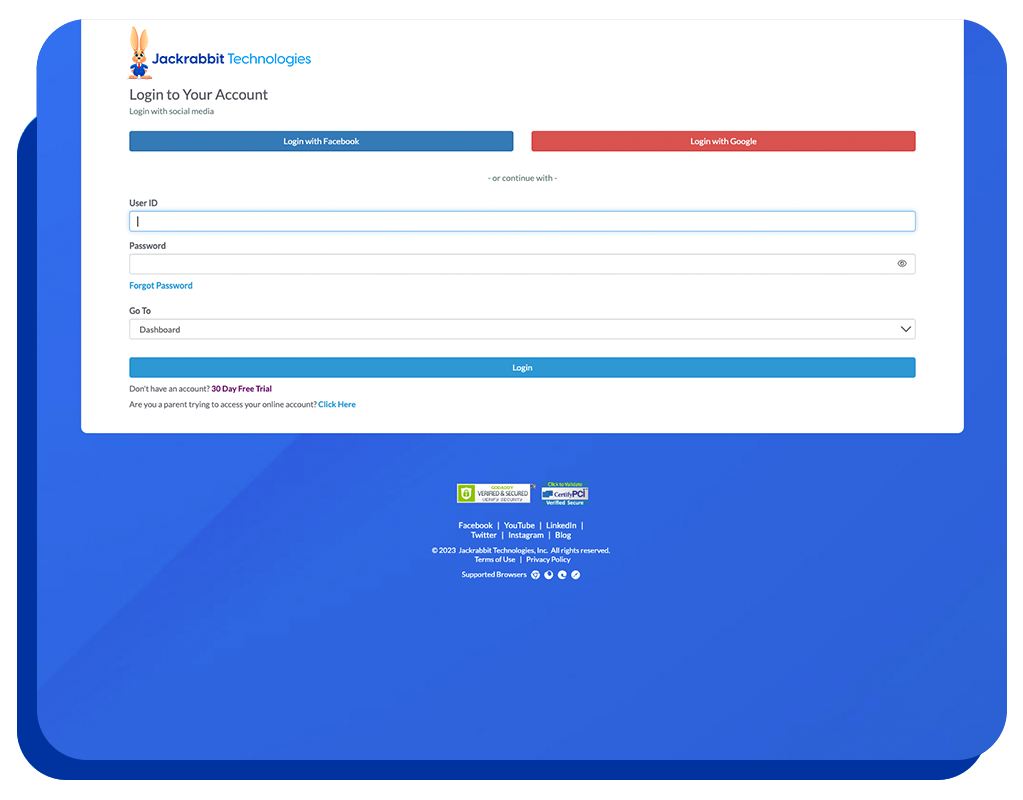Fine motor skills refer to the ability to control the small muscles of our hands and wrists. The development of fine motor skills allows small children to complete essential tasks such as holding a pencil and writing, feeding themselves, buttoning and zipping their clothes.
Little hands need to develop the dexterity to be functional in their school and home environment, but fine motor skills do not simply emerge as they get older.
Unlike gross motor skills, fine motor skills need to be taught through various activities. They don’t naturally emerge like crawling and walking – they need extra effort to develop.Fine motor skills need the child’s brain to coordinate action with what they are seeing, making the development of these skills a more complicated task.
Even though not all children develop fine motor skills simultaneously, certain developmental milestones guide parents, teachers and childcare personnel on what to expect with each age. For example, by age 5 or 6, children can typically copy a letter; by age 8, they can tie their shoes, etc.
It is crucial to know what each child should be expected to do
by what age and compare it to what the child can do. Constructing learning activities that meet the child at their development level will keep them from being frustrated and giving up.
Children develop at different rates, so you need to make sure that you have different types of activities to teach fine motor skills and keep your students interested and engaged in their task at hand.
Fine Motor Skills At School
Even when you are not explicitly teaching fine motor skills, children constantly rely on them throughout their school day. There are several examples of fine motor skills needed at school.
Bilateral Hand Coordination
Children need to be able to coordinate their hands bilaterally. For example, they need to use both hands together when they are picking out books from a bookshelf or opening their bag to take out their lunch boxes. Moreover, they frequently use one hand to stabilize while the other does the activity. Different tasks require symmetrical hand movement (holding a sandwich). In contrast, others require alternating hand movement (such as pulling a rope), and others are reserved for dominant hand movement alone (writing and drawing).
Gross Grasp
Children will use gross grasp motor skills when squeezing their fingers around an object, such as playing with playdoh, writing or using scissors.
In-Hand Manipulation
When little children are holding small objects in their hands, they typically like to explore them by moving them around within their hands. This is called in-hand manipulation and is one of the most difficult fine motor skills that a child develops since it will, later on, enable them to lift a pencil and precisely position it within their hands for writing.
There are three primary in-hand manipulation skills:
- Rotation (the ability to turn an object around in the pads of the fingers and thumb).
- Shift (the ability to move an object linearly with the fingertips).
- Translation (using one’s fingertips to move an item from your palm towards your fingers).
At school, children will use rotation when flipping a pencil from the writing end to the eraser end and shift when they reposition the pencil in their fingers ready for writing. Translation happens when they hold coins in their palm and bring them forward in their fingers to throw them in a vending machine.
Finger Strength
One of the goals of occupational therapy is finger strength. Children will develop these fine motor skills when they start manipulating small toys, Leggos, toy cars and trucks at daycare without the need for intervention from a specialist.
Hand-Eye Coordination
Hand-eye coordination is the ability to perform activities that require the simultaneous use of our hands and eyes and it’s critical when it comes to certain school activities, such as copying and writing. Visual perception and motor coordination are essential fine-motor skills.
How To Teach Fine Motor Skills To Young Children
There is no better way to teach fine motor skills to young children than through play. Even occupational therapists will use guided play to teach children the skills they seem to lack. However, unlike gross motor skills, fine motor skills develop through practice and have to be taught.
Nobody teaches children how to crawl or how to walk. However, they need to be taught how to manipulate objects with their little fingers and how to coordinate what their brain sees and what their hands do. Teaching strategies for fine motor skills are crucial and should start at a young age.
As a teacher, you should incorporate several fine motor skill activities throughout the day to ensure that your students achieve the dexterity level needed. The beauty of such activities is that they also touch several other learning objectives. While children play, they develop their fine motor skills and their hand-eye coordination.They also learn to take turns, follow directions, share their toys and cooperate to achieve their goals. Through play, children unleash their imagination and creativity, develop grit and perseverance, learning not to give up until they succeed.
Playdough
Playdough is ideal for little hands. It is malleable, soft and offers a world of opportunities for creative play. They will roll, cut, and knead the dough. They will make imaginary cookies or cupcakes and blend colors to get that fancy red of the red velvet cake they love!
Puzzles
Puzzles are a perfect way to help children develop their hand-eye coordination. They create a fun learning opportunity as they help children develop finger strength and acquire problem-solving skills. Picking up, moving and twisting the pieces of a puzzle helps children to develop finger strength while at the same time teaching their brains to coordinate sight and tactile senses.
Picking and Sorting Items
While picking and sorting items, children can learn to differentiate objects based on their shapes, colors and sizes. So while they practice other learning objectives, they also get to develop fine motor dexterity.
Drawing, Coloring
Children love to draw and color. Give them a piece of paper and they will immediately start doodling and drawing. As their fine motor skills improve, their drawings become more refined and their coloring more specific.
Cutting With Scissors
Cutting with scissors forces young children to apply independent movements of each finger. It also works on the separation of two sides of the hand and thereby strengthens hand muscles. Bilateral coordination also develops when children have to hold the scissors in one hand and paper in the other.
Building With Blocks and Legos
Lego is a multi billion company and not without good reason. Lego has taken the idea of the concrete block, which is the building block of our modern world and turned it into the foundation and building block of children’s imagination.
Children worldwide explore their creativity with their legos and they develop fine motor skills while they are at it. For example, they will manipulate the little blocks in their palms, shift them and rotate them, and coordinate their hands and eyes to put the legos together and build something that sparks their interest.
Threading And Lacing
Threading and lacing are classic activities that help build fine motor skills and improve eye-hand coordination. In addition, it helps little children develop a solid pincer grip and intrinsic hand strength, both of which are necessary to perform daily routines such as tying one’s shoes.
Your Role As A Teacher
If you are a preschool teacher, a daycare teacher or even a child care facility owner, you should know that you have an essential role to play in how your students develop fine motor skills.
The great news is that you do not need a set curriculum to teach fine motor skills. Instead, you can incorporate fine motor skill activities in your daily lesson planning and help your children develop the agility they need while also practicing their academic learning objectives.








